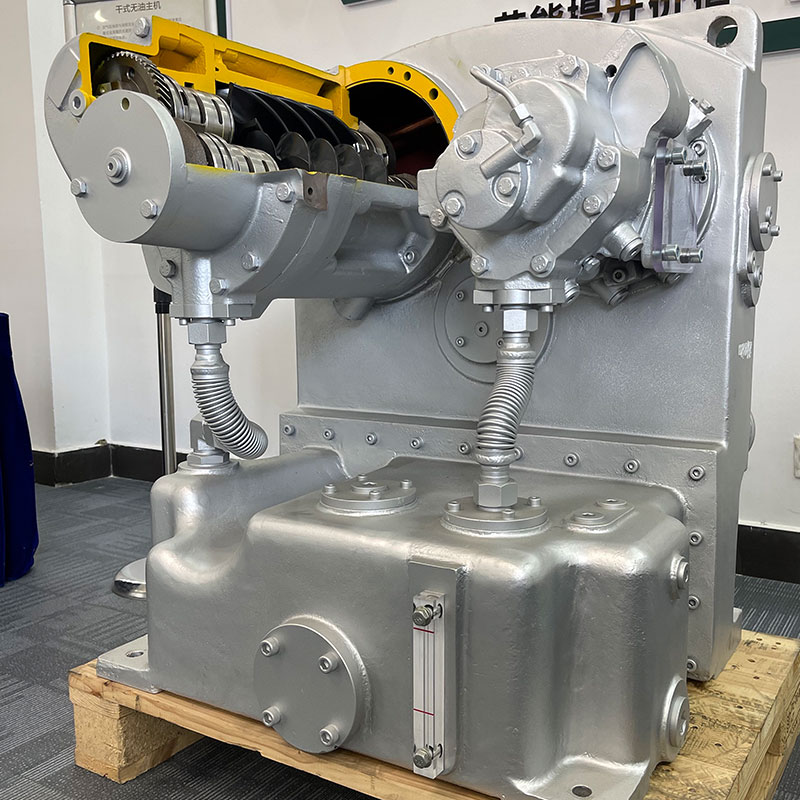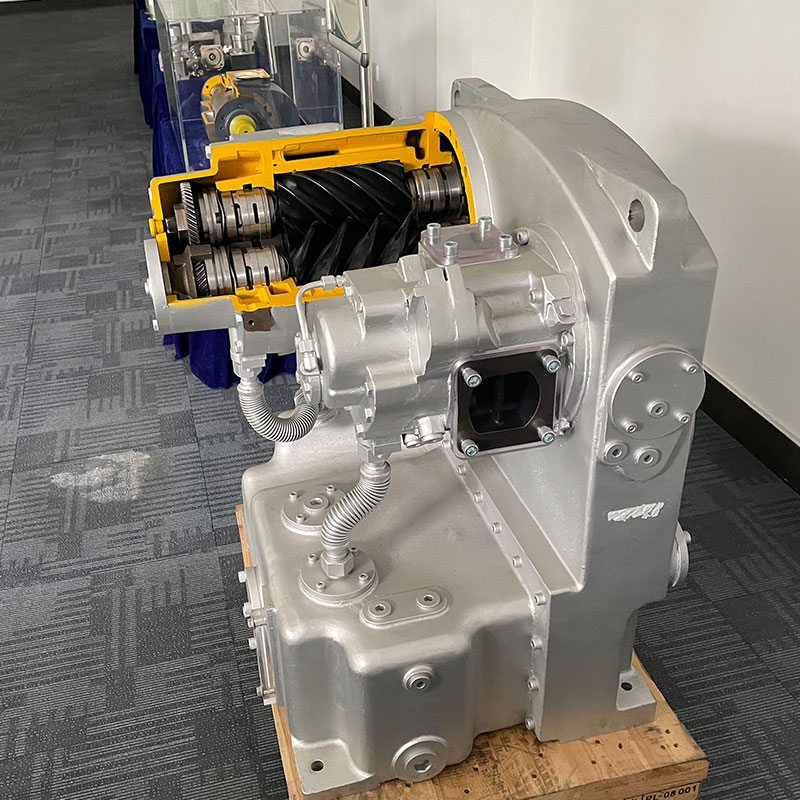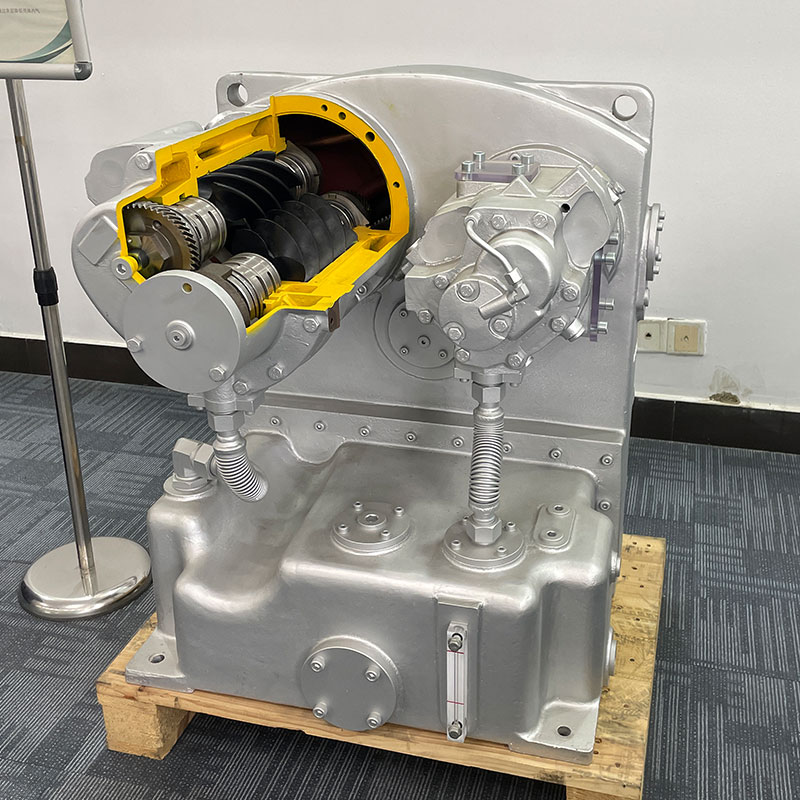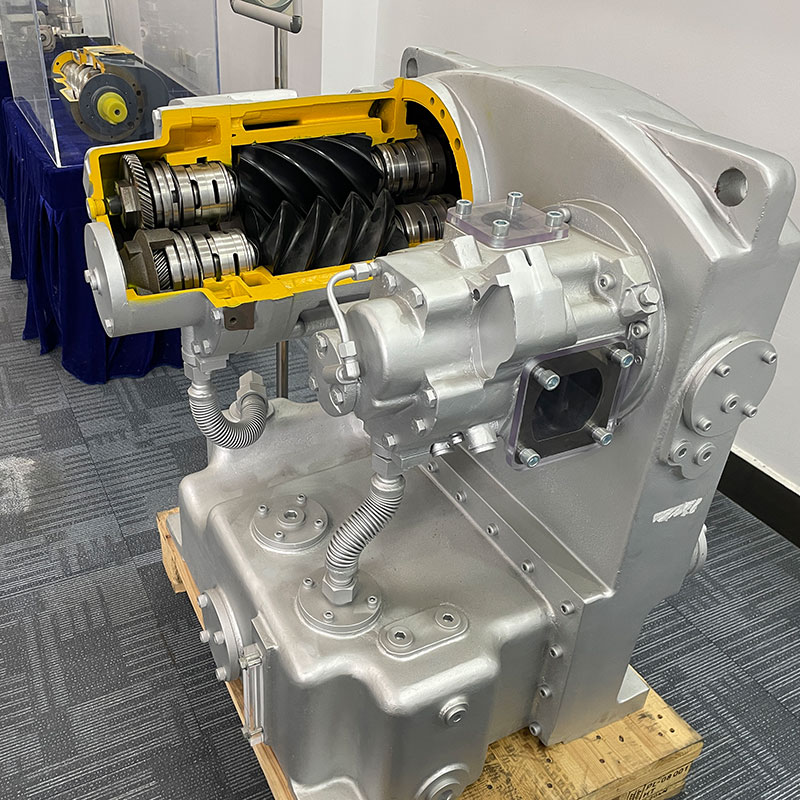Views: 0 Author: Site Editor Publish Time: 2025-09-12 Origin: Site
Think of the air end as the beating heart of a rotary screw or vane air compressor—it's where the science happens. Air is drawn in, trapped in rotor pockets, then squeezed tighter and tighter until it's compressed. That compressed air powers a wide range of things from tire inflation to manufacturing, pharmaceutical construction and much more. Over thousands of hours, even high grade components wear down, from rotor tolerances shifting to bearings getting tired and seals failing.

Rebuilding your air end often saves you about 50% of the cost of buying a new one. Plus, a well done rebuild typically gives you an extra 40,000–60,000 hours of service—which translates into years of added life.

Rebuilding the air end is methodical:
Ø Disassemble the rotors, bearings, seals, and housing.
Ø Clean every component thoroughly.
Ø Inspect and measure for wear against manufacturer specs.
Ø Repair or swap worn bearings, seals, O-rings—or in rare cases, rotors.
Ø Reassemble, align everything precisely, install new gaskets, and then bench test the unit.
Ø Document everything—photographs, measurements, replacements—for future reference.
Keep an eye out for these red flags:
Ø Drop in airflow
Ø Compressor draws more energy for the same output
Ø Bumpy or noisy operation—especially metallic clacking or vibration
Ø Unusually high operating temperatures
Ø Leaking, foamy oil, or rising oil consumption
Ø Metal fragments showing up in your oil sample
Ø Noticeable loss of pressure

Ø Oil-lubricated rotary screw air ends typically last 80,000 hours (about 10 years nonstop); some even go 20 years with lighter use.
Ø Oil-free versions? Closer to 50,000 hours, due to the challenges of recoating Teflon finishes.
Ø Rotary vane units are tough—lasting over 100,000 hours when well maintained.
Ø A rebuild often adds 40,000–60,000 hours more.
Ø Cost Comparison: If the rebuild is under 50% of a new unit—especially if you've still got life left in the motor or controls—it's usually the smart choice.
Ø Age & Parts Availability: If your compressor's tailing off and parts or expertise are hard to find, a new unit may make more sense.
Ø Energy Efficiency: Newer models run leaner, saving you money on power bills over time.
Ø Production Risk: In sectors where air downtime can cost heavily, a proactive rebuild scheduled during planned shutdowns can avoid costly production hits.
Ø Rebuild costs can start around $2,400 for small units and scale up to $43,000 for large stationary systems.
Ø General repairs: Reciprocating compressors cost roughly $500–$2,000; rotary screws range $2,000–$7,000; centrifugal compressors can hit $7,000–$15,000+.
Ø System failure can halt production and might cost up to $200 per minute in lost revenue, so proactive choices matter.

Ø Stick to a regular maintenance schedule: oil, filters, inspections
Ø Always use manufacturer-specified lubricants
Ø Keep filters and your environment clean
Ø Monitor cooling systems and clean coolers to prevent thermal stress
Ø Operate within your compressor's design limits—don't push pressure, temperature, or runtime beyond spec
Ø Train operators on proper use and early warning signs
Choosing to rebuild your air compressor's air end isn't just cost-effective—it's a smart, strategic move if done at the right time. With the right diagnostics, quality workmanship, and maintenance, you can breathe new life into your system and gaining years and tens of thousands of hours of performance without the full cost of a replacement. Visualize it as hitting the refresh button on the most critical part of your compressor and saving serious money in the process.